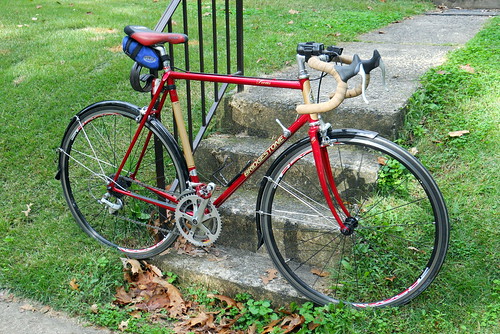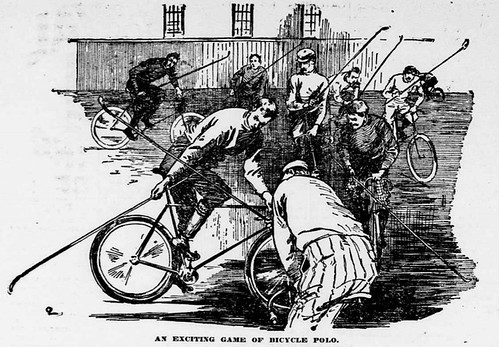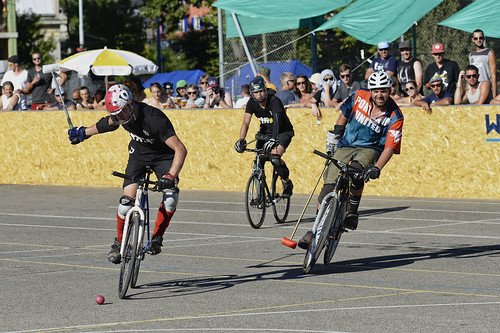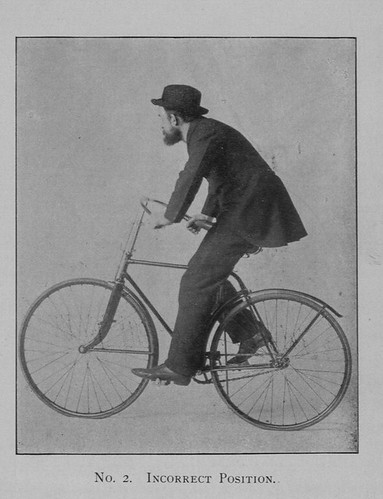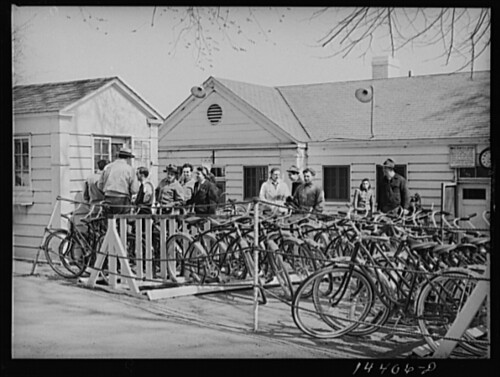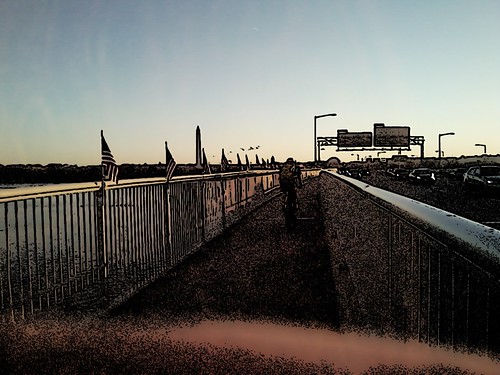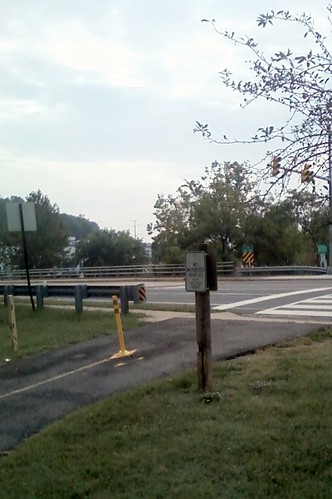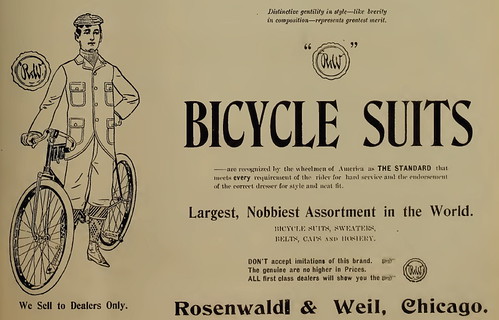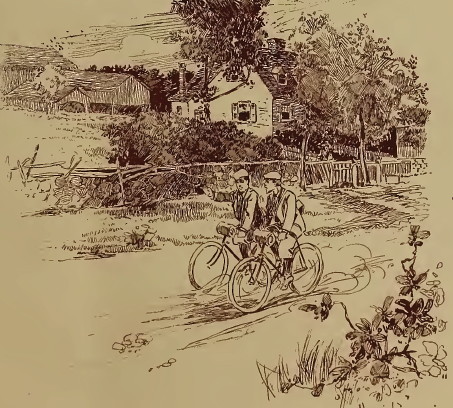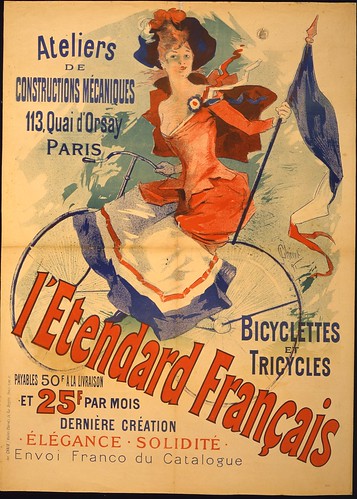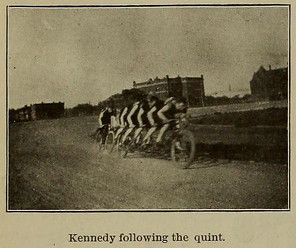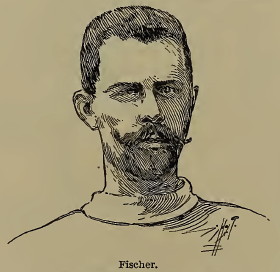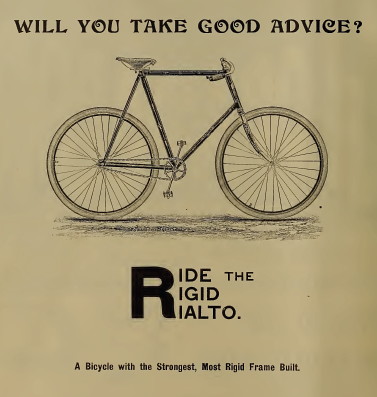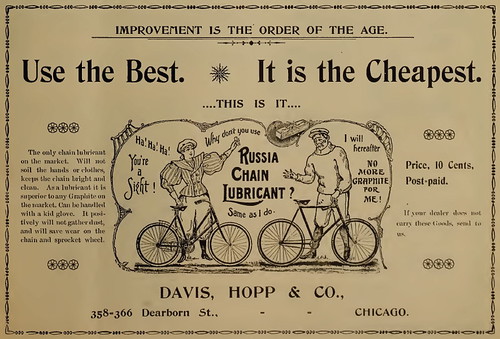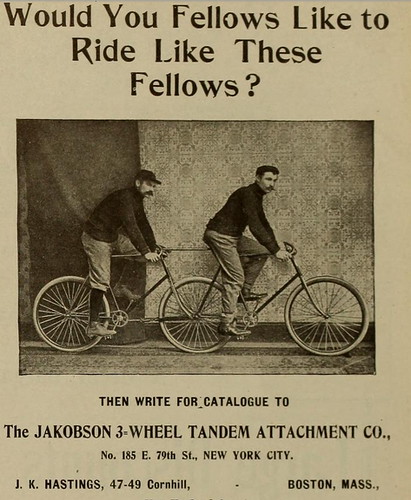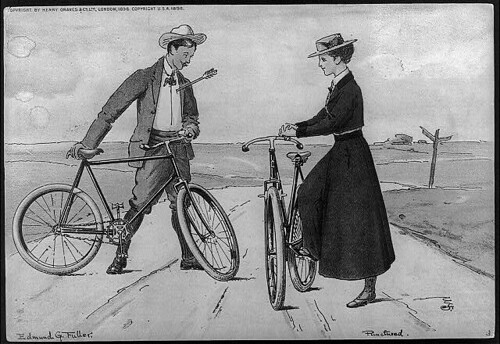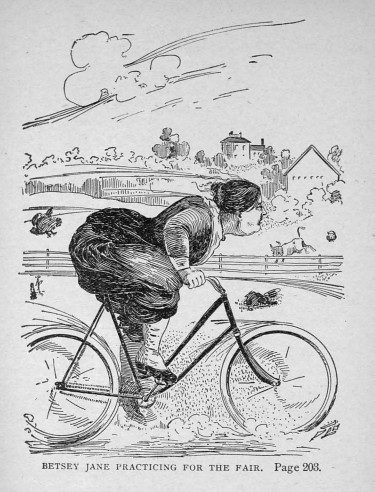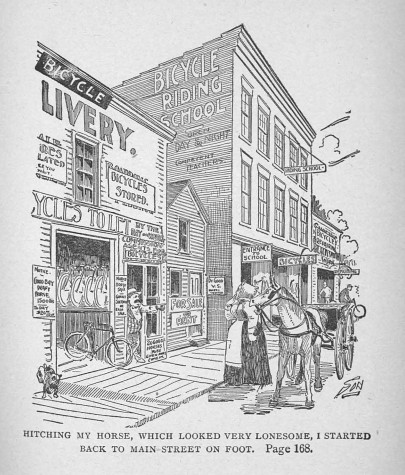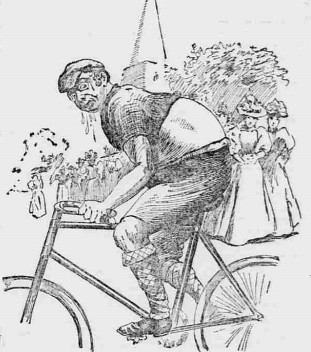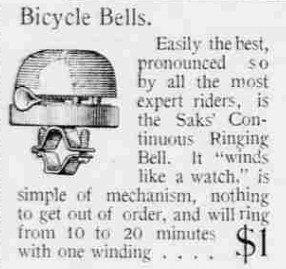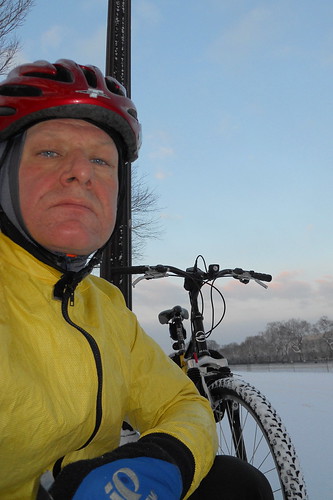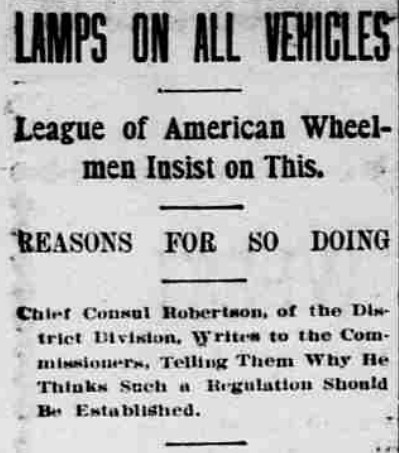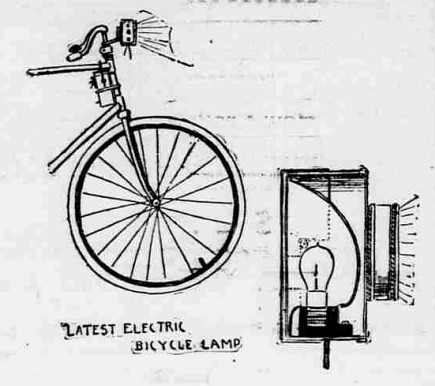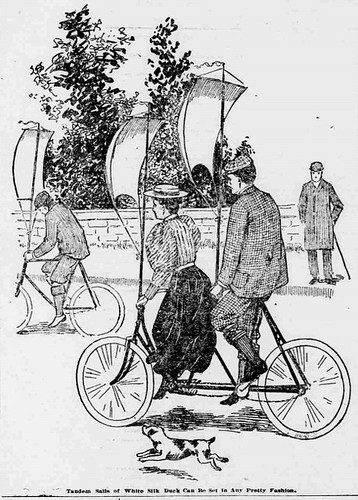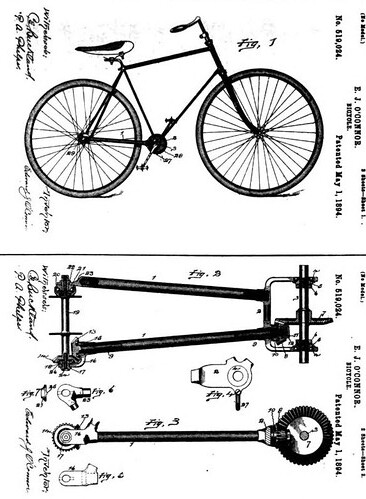Several news sources, including
Slate have given some coverage to further developments of a
"invisible" (inflatable) Swedish bicycle "helmet". (I put "helmet" in quotes because as an American, I'm aware of the importance of tort law, and I suspect that what these folks have created doesn't amount to a helmet but is some sort of "inflatable cranial protection system" or the like.)
The instigation for this coverage would seem to be a new video depicting the work of the two Swedish women who came up with this idea and who have slogged away for seven years (at least; it isn't clear) on its development as a commercial product.
A brief description of how the "invisible" bike helmet has gotten to where it is today
Slate presumably covered this cycling news because of the "man bites dog" nature of it - most coverage in the general press of bicycling is like that (or else scandals with Lance Armstrong et al). The Slate author is highly skeptical, focusing in particular on the cost ($600) and that the thing is only usable once and then needs to be replaced (for another $600, apparently).
My thinking is (perhaps) a little more nuanced.
More or less instantly inflatable personal crash protection devices are not new, leaving aside car air bags (which are attached to the vehicle, not to the person). Riders in cross country equestrian events can use a vest that inflates when the rider is "separated" from the horse. (This development was a result, it seems, of Christopher Reeves' accident.)
Here is one example. The cost is roughly comparable to the invisible helmet, but it is reusable. In short, the basic idea is not so radical as it might seem.
There is a difference, of course - the invisible bicycle helmet completely replaces the usual helmet a cyclist would wear while the inflatable equestrian vest augments a safety vest that was being worn otherwise to improve it. From the standpoint of improving safety (as the number one goal) it is easier to identify with the "augment" approach than with the "replace" approach. In fact, if one wanted to enhance safety of bicycle riders, the simplest way to do that is to wear a better helmet - a motorcycle helmet - and not an inflatable helmet (that has to work its way up around your head to do its work).
The main goal though is not so much safety as to have some safety while serving the all important desire not to muss one's hair or to be uncomfortable (which one of the inventors declares traditional bicycle helmets to be) and to have something that doesn't make your head look like a "mushroom" (which is a statement in the video . . . ).
Bicycle helmets are a relatively recent development - one can review the
Wikipedia article on bicycle helmets to confirm this. Early helmets were not very good in various senses; but since the development of the polystyrene foam approach now used it feels like we are stuck with helmets that should and could be better in protecting a rider's head. Looking at how to improve today's helmets would seem more useful than switching to a $600 alternative exotic option.
But yes, anything that sits on your head may muss up one's hair - there is little to be done about that. Making a helmet that is comfortable seems more easily rectified. The "it isn't attractive" aspect has been addressed by a number of companies, including these options from
a company called BandBox
The whole fashion statement aspect of cycling can be amusing -
Nutcase makes helmets that are intended to be more appealing (I confess I'm not sure why) to a certain audience and I see them here in the D.C. area, but in the summer it seems a little crazy - a helmet with less ventilation? Little tiny holes? Talk about comfort ! (or lack of comfort . . . ) Quite reminiscent of early Pro-Tec bicycle helmets in appearance, but given the greater amount of foam, likely less comfortable.
Perhaps these folks could get the price down to more like $300 (although who knows - part of their price has to be their insurance or whatever to fight law suits from those who decide the thing didn't protect them when they have a hurt skull notwithstanding use of the product) and make it so it is reusable - would it make more sense? I have trouble getting too excited about it even then, but who knows, someone might be pleased to pay six to eight times the cost of a regular helmet to avoid mussed hair. Here in heat-and-humidity land, I'm not sure I see that wearing a big fluffy scarf-collar thing around my neck is more appealing than a ventilated helmet. This isn't Sweden.
A particularly interesting question not addressed directly in the video (although sort of implied) would be whether this helmet is safer than a typical bicycle helmet for the user. I would assume that if it works correctly, your head is happier bouncing on a firm air pillow to absorb shock than polystyrene foam.
There is also the theory that has some support that motorists ride more carefully around cyclists who are not wearing helmets than those who are. So this "helmet" could be useful in encouraging motorists (who would not perceive the protection of a helmet) to be more careful around cyclists wearing this device.
There are apparently endless issues to consider here - but I'll stop now.
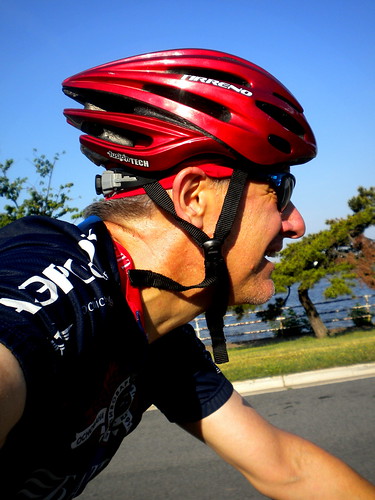 I don't know, I think the helmet adds some joie de vivre
I don't know, I think the helmet adds some joie de vivre


